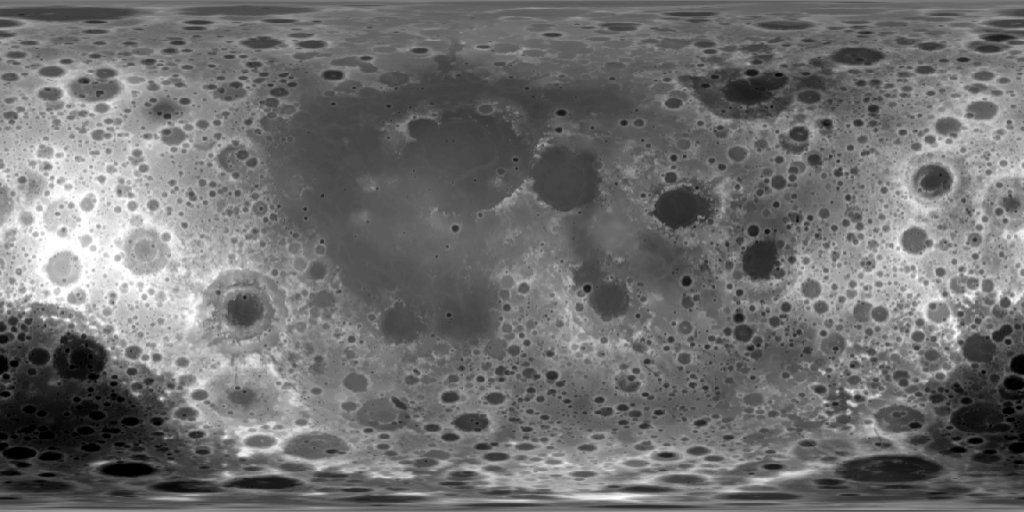I am working with a DEM of the lunar south pole in QGIS. I have currently set the projection to "no projection", or Cartesian co-ordinates (origin at the pole). The horizontal locations of features are consistent with other sources, but all of the elevation data appears to be exactly twice what it should be. Is there a way to re-scale the elevation data only, or are my settings in QGIS wrong?
2 Answers
If you retrieved the data from LRO LOLA (LDEM GDR), you do need to multiply vertical (height) values by a "Scaling Factor" of 0.5:
From the documentation:
Conversion to local height (meters) is accomplished via the following equation:
Height = (Pixel Value * Scaling Factor)
Conversion to local Radius (meters) is computed as follows:
Radius = (Pixel Value * Scaling factor) + 1737400
where Scaling Factor = 0.5 (as listed in the label as Multiplier)
Also, a proper projection for the lunar South Pole in QGIS would be:
Moon South Pole Stereographic also known as IAU2000:30120
Edit: If you have any information about the reason why data are scaled, I would like to hear about it.
And no, halved gravity does not cut it ;)
-
Could it simply be because you need to account for the returned pulse, so you multiply by 0.5?– AWGISCommented May 29, 2019 at 16:37
-
The 1737400 is the lunar reference radius in meters so to get true radius of a feature on the surface you need to add that number.– AWGISCommented May 29, 2019 at 16:38
You can use the Raster Calculator to do arithmetic on a raster.
Enter an expression like moon@1 / 2 into the Raster Calculator Expression box and set an output layer path and format.
But I would check first that your data really is in half-metre units - check the metadata carefully and check that the basis you are comparing it with is right too.

